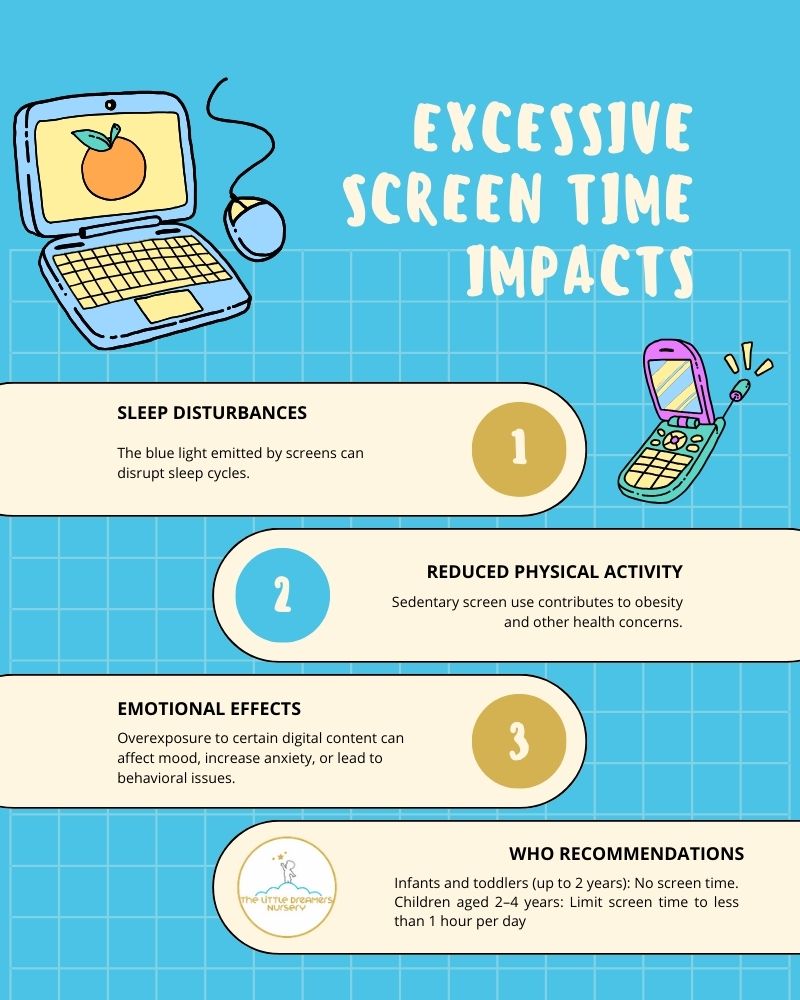Early Childhood Development and Screen Time Toolkit – AAP

Report on Strategic Communication for Healthy Digital Habits in Early Childhood
Introduction and Alignment with Sustainable Development Goals (SDGs)
This report outlines a strategic initiative to disseminate strengths-based guidance on digital media consumption for families with young children. The program’s core objective is to foster healthy screen habits, a critical component in achieving several United Nations Sustainable Development Goals (SDGs). The initiative directly supports:
- SDG 3: Good Health and Well-being: By promoting balanced screen time, the program aims to mitigate potential negative impacts on children’s physical activity, sleep patterns, and mental health, directly contributing to Target 3.4 concerning mental health and well-being.
- SDG 4: Quality Education: Guiding families on constructive screen use ensures that digital engagement supports, rather than hinders, early childhood learning and cognitive development, aligning with Target 4.2 for quality early childhood development and pre-primary education.
- SDG 10: Reduced Inequalities: By providing accessible, ready-to-use messages for all families, the initiative helps bridge knowledge gaps and promotes equitable opportunities for healthy child development in a digital age.
Program Objectives
The primary objectives of this communication strategy are as follows:
- To equip early childhood programs, childcare centers, and community organizations with standardized, evidence-based communication materials.
- To empower families with positive and actionable strategies for managing household screen use, thereby fostering a supportive home environment.
- To establish a foundation of healthy digital habits in early childhood, contributing to the long-term health and educational outcomes envisioned in the SDGs.
Implementation and Dissemination Channels
The program utilizes pre-formulated messages designed for easy integration into existing communication channels targeting families. This multi-channel approach ensures wide reach and accessibility.
Target Stakeholders:
- Early Childhood Education Programs
- Licensed Childcare Centers
- Family and Community Support Groups
Recommended Dissemination Platforms:
- Organizational Newsletters
- Direct-to-Parent Text Messaging Services
- Parent-Teacher Communication Applications
- Official Social Media Accounts
Conclusion: Advancing the Global Development Agenda
By addressing the complexities of digital media use in early childhood, this initiative provides a practical tool for advancing global public health and education priorities. Promoting healthy screen habits is a direct investment in the well-being and future potential of the next generation, underpinning the foundational principles of the Sustainable Development Goals. This framework ensures that progress in digital technology aligns with the goals of promoting health (SDG 3) and providing quality education (SDG 4) for all children.
1. Identified Sustainable Development Goals (SDGs)
-
SDG 3: Good Health and Well-being
- The article directly addresses this goal by focusing on promoting “healthy screen habits.” This is a preventative health measure aimed at improving the well-being of children, as excessive or unhealthy screen use can negatively impact physical and mental health during crucial developmental stages.
-
SDG 4: Quality Education
- This goal is relevant as the article targets “early childhood programs” and “childcare centers.” The initiative described—providing “ready-to-use messages” for families—is a form of education and support aimed at fostering healthy early childhood development, which is a foundational aspect of quality education.
2. Specific Targets Identified
-
Target 3.4: Promote mental health and well-being
- The article’s emphasis on establishing “healthy screen habits” is a direct effort to promote mental and physical well-being and prevent potential health issues associated with sedentary behavior and excessive screen time in early childhood.
-
Target 4.2: Ensure that all girls and boys have access to quality early childhood development, care and pre-primary education
- By providing resources to “early childhood programs” and “childcare centers” to help educate families, the article supports the ecosystem for quality early childhood development. Guiding families on topics like screen use is an integral part of modern early childhood care and development.
3. Mentioned or Implied Indicators
-
Indicators for Target 3.4
- The article does not mention official indicators. However, it implies the need to measure the adoption of positive behaviors. An implied indicator would be the prevalence of healthy screen time habits among families with young children or the number of families reached with educational messages about healthy screen use.
-
Indicators for Target 4.2
- The article implies indicators related to the capacity and outreach of educational programs. Progress could be measured by the number of early childhood programs and childcare centers utilizing and disseminating the provided messages. This serves as a proxy for the reach and implementation of initiatives that support quality early childhood development.
4. Summary Table of SDGs, Targets, and Indicators
| SDGs, Targets and Indicators | Targets | Indicators |
|---|---|---|
| SDG 3: Good Health and Well-being | Target 3.4: By 2030, reduce by one third premature mortality from non-communicable diseases through prevention and treatment and promote mental health and well-being. | Implied Indicator: Prevalence of healthy screen time habits among families with young children. |
| SDG 4: Quality Education | Target 4.2: By 2030, ensure that all girls and boys have access to quality early childhood development, care and pre-primary education so that they are ready for primary education. | Implied Indicator: Number of early childhood programs and childcare centers disseminating educational messages on healthy development practices. |
Source: aap.org

What is Your Reaction?
 Like
0
Like
0
 Dislike
0
Dislike
0
 Love
0
Love
0
 Funny
0
Funny
0
 Angry
0
Angry
0
 Sad
0
Sad
0
 Wow
0
Wow
0



















































.jpg.webp?itok=0ZsAnae9#)
























